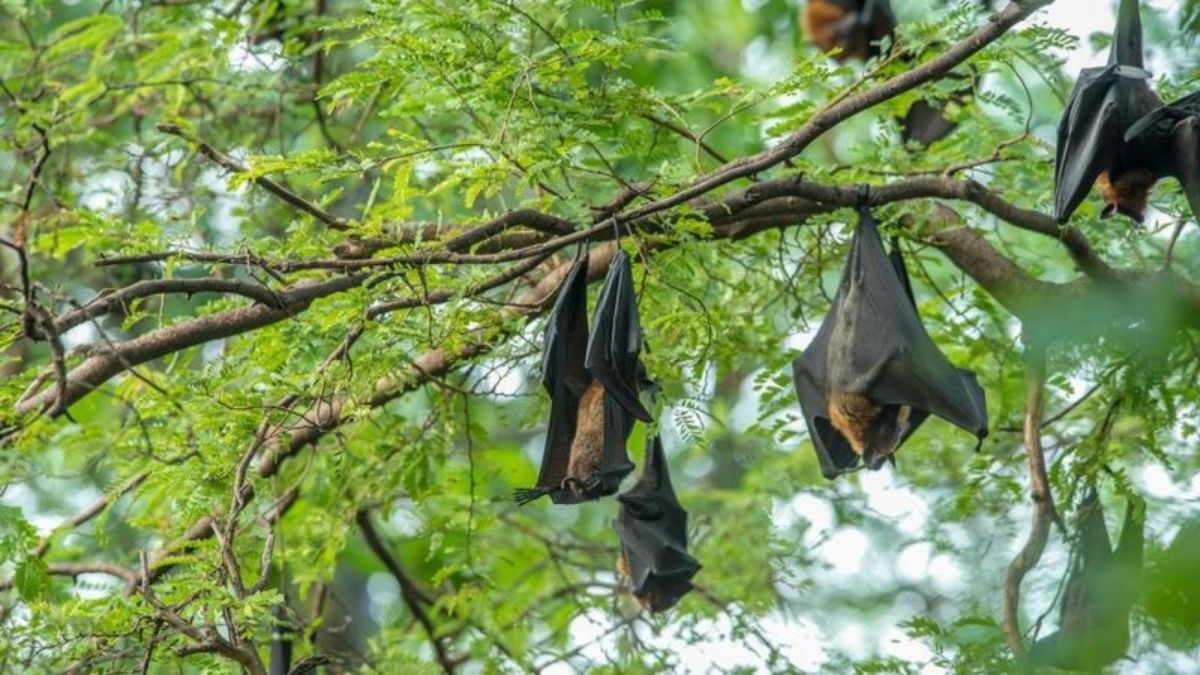More from Author Melissa Galbraith here: https://globelivemedia.com/author/melissa-galbraith/
Although for quite some time it was warned that a pandemic could arrive at any time, the arrival of COVID-19 has put the scientific community and the world population on alert constant about possible viruses of animal origin transferred to humans, as has been the case with the coronavirus in bats.
One of the laboratories chosen for sample analysis of a strange respiratory disease that emerged in January was the one led by Supaporn Wacharapluesadee, Director of the Thai Red Cross Center for Health Sciences and Emerging Infectious Diseases in Bangkok.
She has been part of the Predict project for the last decade, to detect diseases transmissible from animals to humans, with an emphasis on bats. They studied the disease in just days and detected the first case outside of China, in Thailand, and now they have found another mortal, the Nipah, which is not new and worrisome.
What is the Nipah virus like?
Asia has natural conditions different from the rest, which favor the appearance of new infectious diseases. By having many regions rich in biodiversity, this means that there is a great variety of dangerous pathogens, also the result of contact between people and animals. AND Wacharapluesadee’s team has found, among others, the Nipah virus.
El Nipah | its natural host is fruit-eating bats, and its mortality rate is between 40 and 70% depending on where the outbreak is. In fact, this among the top ten pathogens on the emergency list of the World Health Organization with virus with pandemic potential and without vaccine.
Its incubation lasts about 45 days, which makes it easier for a person to spread it without knowing you have it, and it is easily passed between animals. It is contagious both through direct contact and with the consumption of contaminated food. In addition, among its symptoms, also respiratory, is cough, sore throat, pain and fatigue, and encephalitis.
There have already been outbreaks in the past
That now it is being analyzed and worries does not mean that it is new. In fact, several outbreaks of Nipah have already been reported in Asia in the past. And there was even talk last summer of an outbreak of this virus in India (but it was not really from now). And is that In countries like Cambodia or Thailand it is normal to see bats eating fruit, defecating or urinating on trees around the markets.
Bangladesh and India have already experienced outbreaks years ago, related to date palm juice. The bats fly over the plantations and lick the juice and they can even urinate into a bowl that is left attached to the trees to collect it. Between 2001 and 2011, 11 different outbreaks in Bangladesh, with 150 people dying of the 196 infected.
So, danger lurks and the human population live with it daily. With the destruction of natural habitats, animals seek shelter and food wherever they can, in human-related environments, and that facilitates the spread of disease. In 1998 a Nipah outbreak killed 100 people in Malaysia as a result of forest fires and local drought.
Research teams and funds have already been created with the aim of trying to redirect the situation, analyze samples, investigate how infections occur, even design vaccines, and try to stop another pandemic of this or other similar viruses before it is real.

